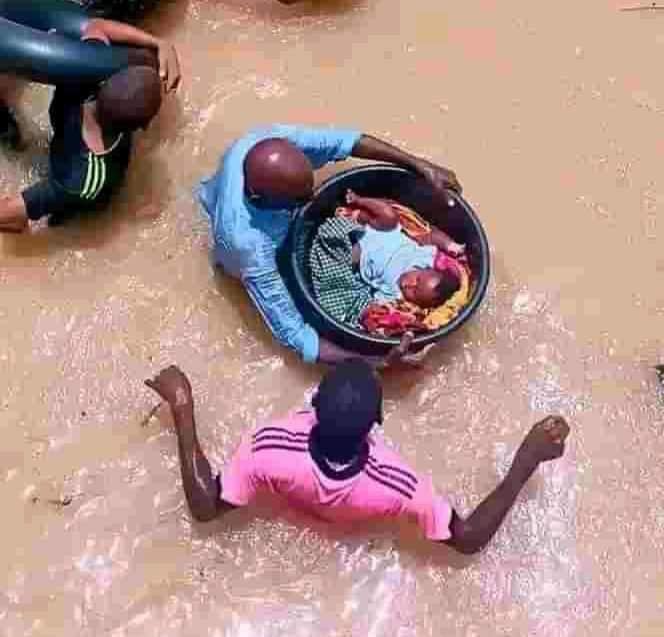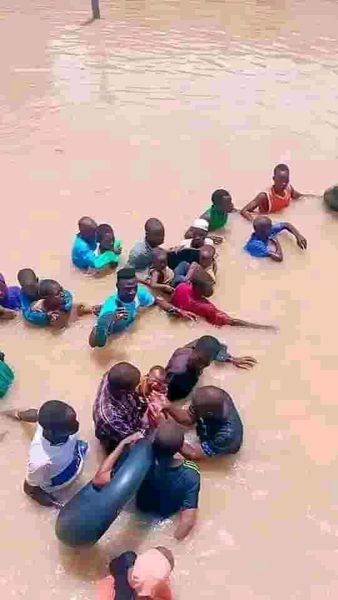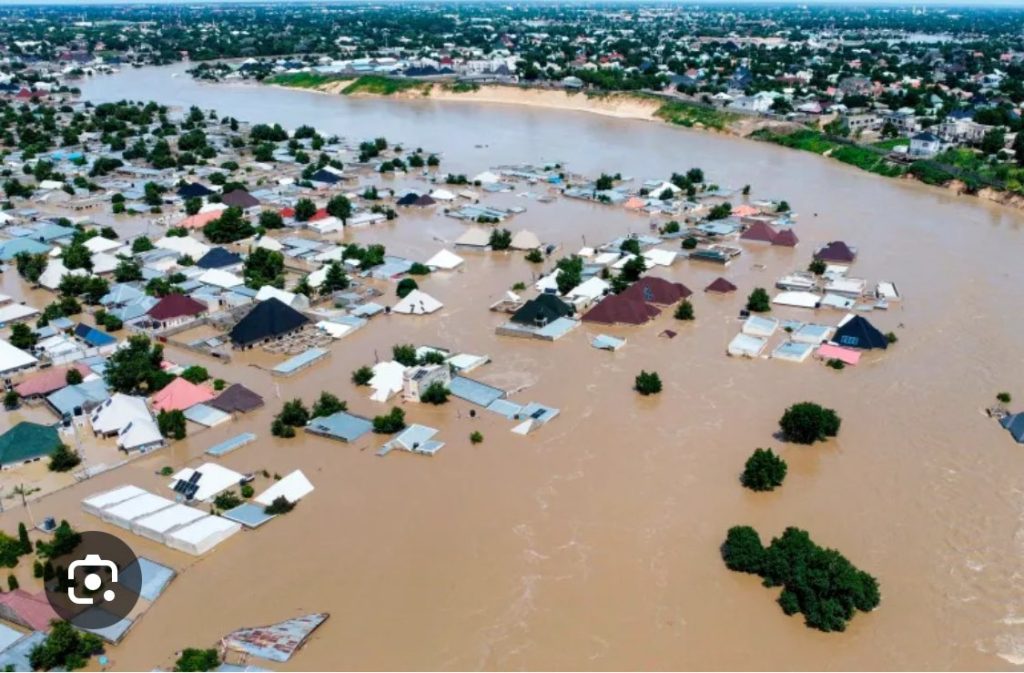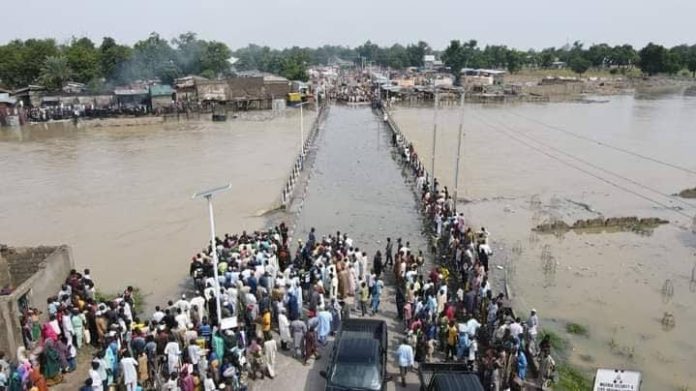The severe flooding in Maiduguri, Borno State, has claimed at least 30 lives, according to National Emergency Management Agency (NEMA) spokesman, Ezekiel Manzo. Some residents believe the casualty figure could be higher as several people, including children, are still unaccounted for.
Significant damage to properties, including farmlands, residential areas, and business premises has been done by the floods.
Key locations affected include the Monday Market, Shehu of Borno’s Palace, Shehuri, Gwange, Adamkolo, Gamboru, Fori, Bulabulin, Post Office areas, Moromoro, and Customs Bridge. The Gwange cemetery was swept away, and patients at the University of Maiduguri Teaching Hospital (UMTH) were left stranded as parts of the facility were flooded.




The disaster, reported by JolibaLive News! on Tuesday, September 10, occurred following the collapse of the Alau Dam, which overflowed its banks, sending floodwaters from about 10 kilometers away into Maiduguri.
Borno State Governor, Prof. Babagana Umara Zulum, announced that about one million people were affected by the flood. He assured that a rescue team had been deployed to affected areas to assess the losses in lives and property.
A health emergency committee had been constituted to address potential outbreaks of flood-related diseases in Maiduguri and Jere.
There is growing concern over a shortage of foodstuff and other commodities in Maiduguri as thousands of residents struggle for survival after a ravaging flood. The flood submerged major markets, leading to a shortage of food items, making the prices of the few available ones high.
The federal government has provided a N3 billion flood intervention fund to support the victims and address the challenges they face. An Internally Displaced People’s camp have also been set up in the outskirts of Maiduguri to shelter those who have lost their homes and means of livelihood.
Comment, Like 👍, share this article, and Follow us on our social media handles.







